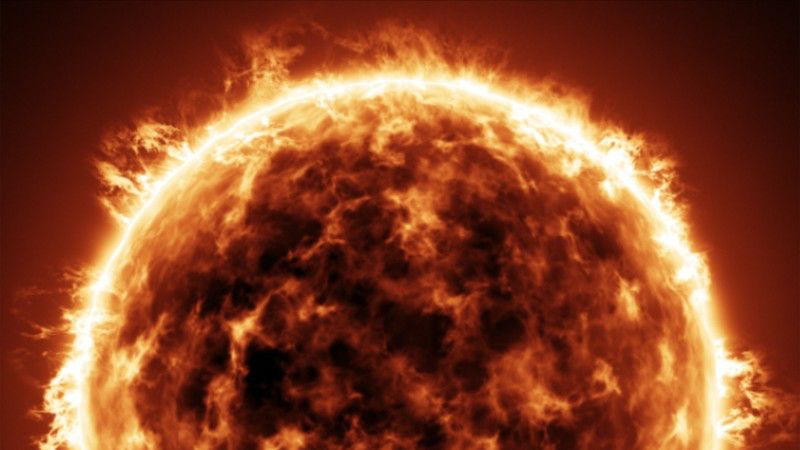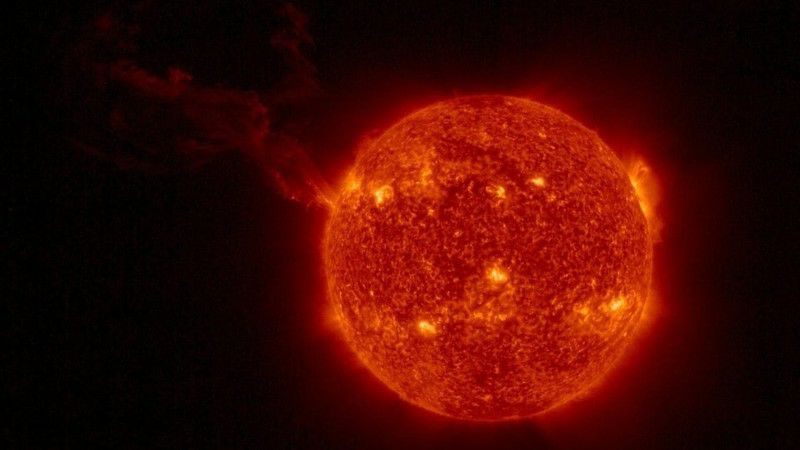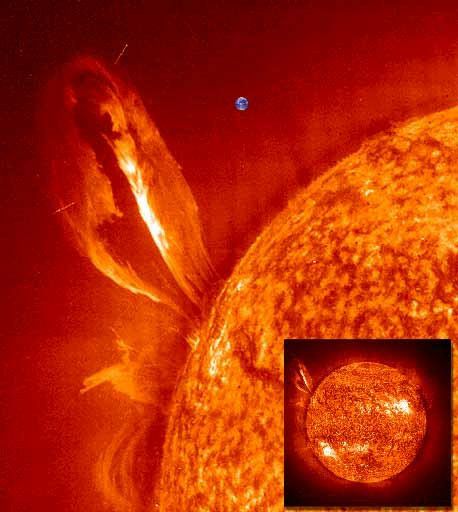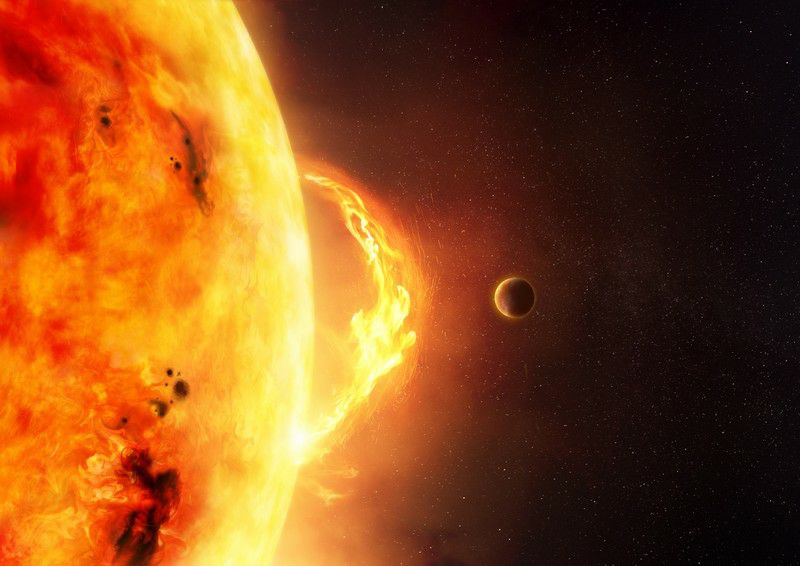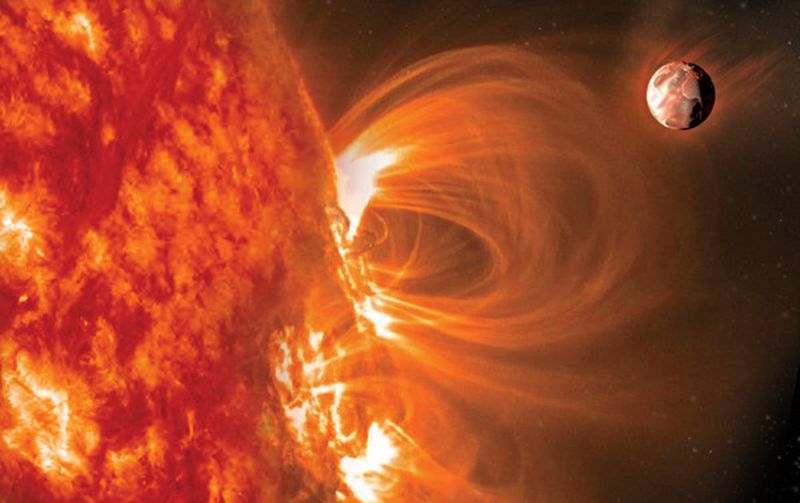“Could a Solar Storm Destroy All Life on Earth?”
The entire existence of life on Earth is dependent on the radiant energy from the Sun. The question of whether the Earth would be destroyed if a solar storm occurred is one that intrigues many people.
What would happen if Earth faced an attack from a solar storm? Would the solar storm be powerful enough to annihilate all life on Earth? These are the questions that pique the curiosity of the public.
In response to this question, experts explain that Earth’s magnetic field and atmospheric insulation would protect us from the most intense solar storms, also known as geomagnetic storms.
While solar storms may not annihilate all life on Earth, they can affect radar and radio systems, as well as disrupt or knock out satellite communications. Furthermore, the most harmful radiation is dispersed in the sky long before it reaches human skin.
Alex Young, Associate Director for Science at NASA’s Goddard Space Flight Center, states, “We live on a planet that has a very thick atmosphere that protects us from all the harmful radiation that’s created by the sun.”
However, not all sunlight is harmless. While Earth’s magnetic field shields us from solar radiation that would cause widespread fatalities, the sheer strength of electromagnetic force would disrupt power grids, Internet connectivity, and other communication devices on Earth.
Space weather experts at NASA and other organizations closely monitor this threat and the Sun to identify potential hazardous activities. Solar flares occur when magnetic field lines on the Sun become stretched and twisted, resulting in massive electromagnetic energy storms.
The majority of solar radiation energy appears in the form of ultraviolet and X-rays. However, the intense energy of a solar flare can also heat up the surrounding gas in the Sun’s atmosphere, causing them to release massive clouds of charged particles (known as coronal mass ejections – CME) into space.
If a bright spot on the Sun, known as a sunspot, is facing Earth, any CME would travel toward us within a timeframe ranging from 15 hours to several days.
When the Sun’s electromagnetic energy assaults our magnetosphere, the atoms and molecules in Earth’s atmosphere become charged, causing observable effects such as global disruptions in radio and radar systems, as well as potential overload and power outages in electrical grids.
In fact, some experts are concerned that a large CME could create an “Internet doomsday” by overloading the undersea Internet cables and rendering many regions worldwide unable to access websites for weeks or even months.
Hits: 0


